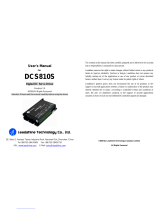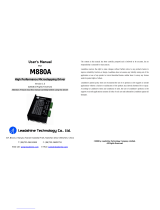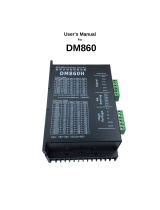
DMA882S Digital Stepper Drive User Manual
Table of Contents
1.Introduction......................................................................................................................................................................1
1.1 Features...................................................................................................................................................................1
1.2 Applications............................................................................................................................................................ 1
2.Specifications....................................................................................................................................................................2
2.1 Electrical Specifications......................................................................................................................................... 2
2.2 Environment............................................................................................................................................................2
2.3 Mechanical Specifications......................................................................................................................................2
2.4 Elimination of Heat.................................................................................................................................................3
3. Connection Pin Assignments and LED Indication...................................................................................................... 3
3.1 P1 - Control Connector Configurations..................................................................................................................3
3.2 P2 - Fault Output Connector...................................................................................................................................4
3.3 P3 - Motor and Power Connector...........................................................................................................................4
3.4 P4 - Tuning Port......................................................................................................................................................4
3.5 Status LED Lights...................................................................................................................................................4
4. Control Signal and Fault Output.................................................................................................................................. 5
4.1 Control Signal Connection..................................................................................................................................... 5
4.2 Fault Output Connection........................................................................................................................................ 5
5. Stepper Motor Connections........................................................................................................................................... 5
5.1 4-lead Motor Connection (recommended)............................................................................................................. 5
5.2 6-lead Motor Connection........................................................................................................................................6
5.3 8-lead Motor Connection........................................................................................................................................6
6.Power Supply Selection................................................................................................................................................... 7
6.1 Regulated or Unregulated Power Supply............................................................................................................... 7
6.2 Power Supply Sharing............................................................................................................................................ 7
6.3 Selecting Supply Voltage........................................................................................................................................7
7.DIP Switch Configurations............................................................................................................................................. 7
7.1 Output Current Configuration (SW1-3).................................................................................................. 8
7.2 Idle Current Configuration (SW4).................................................................................................. 8
7.3 Micro Step Configuration (SW5-8).................................................................................................. 8
7.4 Auto-tuning and Motor Model Selection (Rotary Switch).....................................................................................9
7.5 Smoothing Filter Time Configuration (ProTuner)................................................................................................. 9
7.6 Activated Pulse Edge Configuration (ProTuner)....................................................................................................9
7.7 Control Mode Configuration (ProTuner)............................................................................................................... 9
8. Wiring Notes..................................................................................................................................................................10
9. Typical Connection....................................................................................................................................................... 10
10. Sequence Chart of Control Signals........................................................................................................................... 10
11. Protection Functions................................................................................................................................................... 11
12. Troubleshooting...........................................................................................................................................................12
13. Warranty......................................................................................................................................................................13
















 1
1
 2
2
 3
3
 4
4
 5
5
 6
6
 7
7
 8
8
 9
9
 10
10
 11
11
 12
12
 13
13
 14
14
 15
15
 16
16
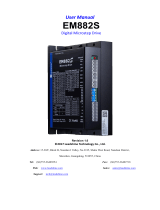 Leadshine EM882S User manual
Leadshine EM882S User manual
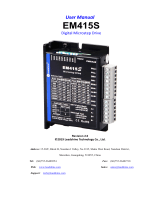 Leadshine EM415S User manual
Leadshine EM415S User manual
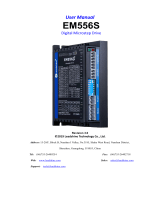 Leadshine EM556S User manual
Leadshine EM556S User manual
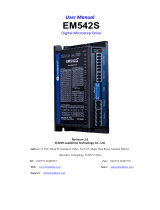 Leadshine EM542S User manual
Leadshine EM542S User manual
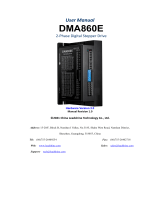 Leadshine DMA860E User manual
Leadshine DMA860E User manual
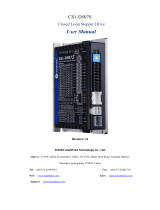 Leadshine CS1-D507S User manual
Leadshine CS1-D507S User manual
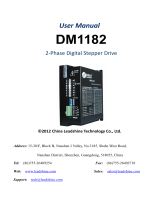 Leadshine DM1182 User manual
Leadshine DM1182 User manual
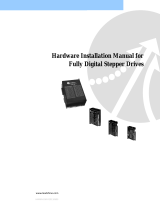 Leadshine DM Series Installation guide
Leadshine DM Series Installation guide
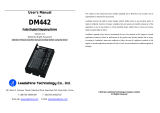 Leadshine DM442 User manual
Leadshine DM442 User manual
 Leadshine iES Installation guide
Leadshine iES Installation guide


























